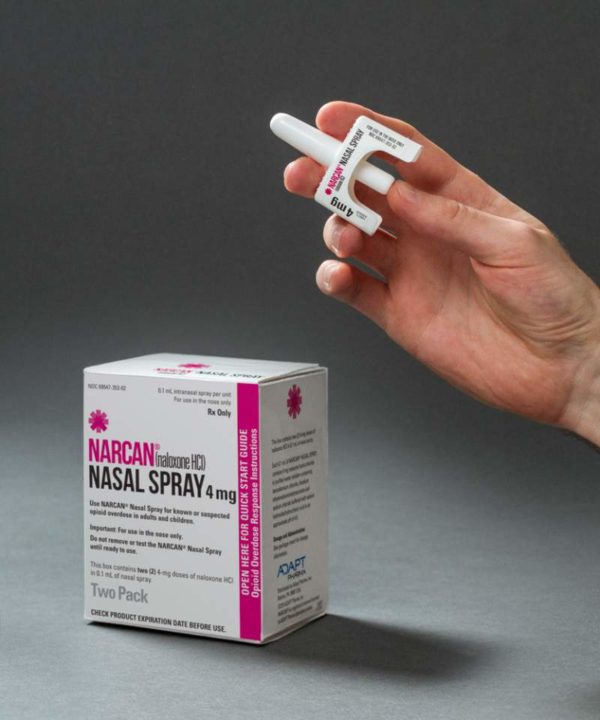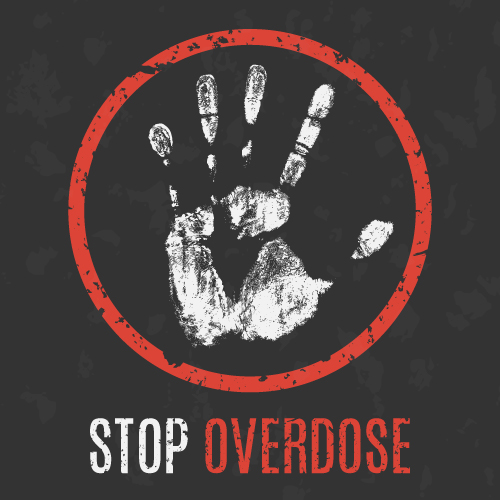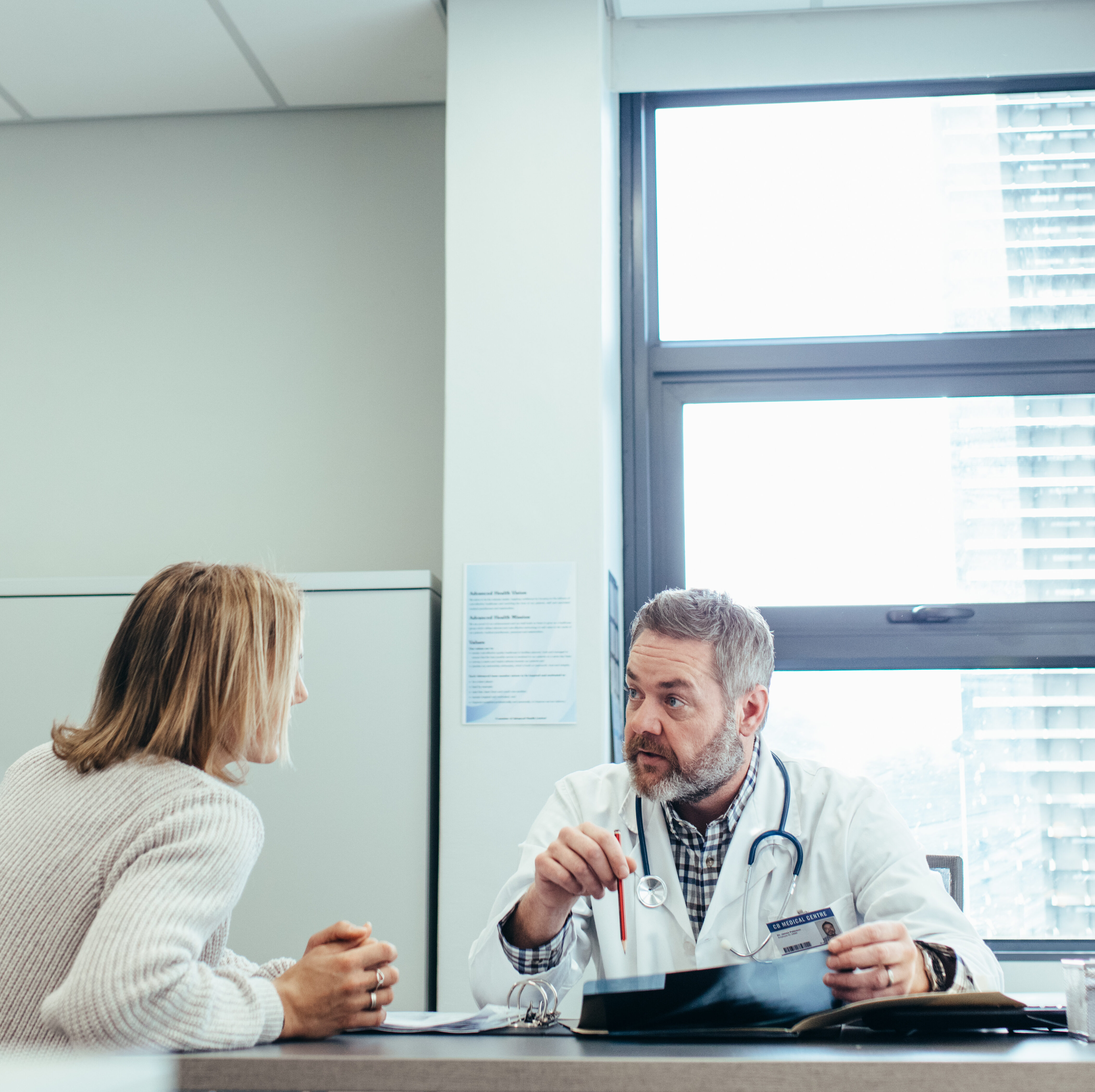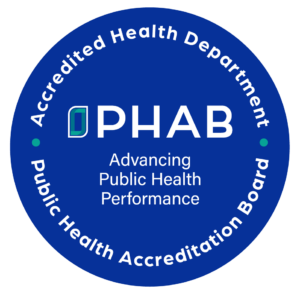Pick Up A Naloxone Kit
Naloxone is a medication that can reverse an overdose if administered quickly. Keeping a naloxone kit on hand could save the life. Free naloxone kits are available for pickup or mail order.
(lobby pickup 8a-4p Monday-Friday)
940 London Avenue, Suite 1100
Marysville, Ohio 43040
(937) 642-2053


Properly Dispose Of Medications
Getting rid or expired or unused medication is an important step in limiting access to opioids and medications that can be dangerous if misused or ingested by a child other person. Union County has medication disposal drop boxes in four (4) locations. Medications can be dropped-off any day at any time. Pills, patches, and other solid prescriptions are accepted. Liquids, needles, or other sharps are not accepted. Medication drop off is anonymous, and no questions are asked.
(disposal box located in the lobby)
1250 West 5th Street
Marysville, Ohio 43040
(disposal box located in the lobby)
153 North Franklin Street
Richwood, Ohio 43344
(disposal box located in the lobby)
221 West 5th Street
Marysville, Ohio 43040
Lock Up Medications
Ease of access is the #1 reason youth misuse prescription drugs. 75 percent of opioid misuse starts with using medication that wasn’t prescribed for them-usually taken from a friend or family member, often from the medicine cabinet. Please keep medications locked up and out-of-access to children, teens, and guests.
Prescription Opioids: The Basics
Prescription opioids can be used to treat moderate-to-severe pain and are often prescribed following surgery or injury, or for health conditions such as cancer. The most commonly prescribed opioids include the following:
- Hydrocodone (Vicodin®)
- Oxycodone (OxyContin®, Percocet®)
- Morphine (Kadian®, Avinza®)
- Codeine
- Fentanyl
- Hydromorphone
- Tapentadol
- Methadone


Talk to Your Doctor
There is a way out of addiction. You don’t have to do this alone.
Talk to your doctor about ways to manage your pain that do not involve prescription opioids. Some of these options may actually work better and have fewer risks and side effects. Depending on the type of pain you are experiencing, options may include:
- Acetaminophen (Tylenol®) or ibuprofen (Advil®)
- Cognitive-behavioral therapy – a psychological, goal-directed approach in which patients learn how to modify physical, behavioral, and emotional triggers of pain and stress
- Exercise therapy, including physical therapy
- Medications for depression or for seizures
- Interventional therapies (injections)
- Exercise and weight loss
- Other therapies such as acupuncture and massage
- Your health and safety are important. Start the conversation with your doctor and work together to set pain management goals and develop a treatment plan that will help you. Follow-up if your pain is not resolving as quickly as expected.
Recovery is Possible. There is Hope.
Click for a complete list of mental health and substance abuse services.
Save a Life from Prescription Opioid Overdose
Death from an opioid overdose happens when too much of the drug overwhelms the brain and interrupts the body’s natural drive to breathe. During an overdose, breathing can be dangerously slowed or stopped, causing brain damage or death. It’s important to recognize the signs and act fast. Signs include:
- Small, constricted “pinpoint pupils”
- Falling asleep or loss of consciousness
- Slow, shallow breathing
- Choking or gurgling sounds
- Limp body
- Pale, blue, or cold skin
It may be hard to tell if a person is high or experiencing an overdose. If you aren’t sure, it’s best to treat it as an overdose— you could save a life.
- Call 911 immediately.
- Administer naloxone, if available.
- Try to keep the person awake and breathing.
- Lay the person on their side to prevent choking.
- Stay with him or her until emergency workers arrive.
For more information: https://www.semhq.net/uchd-cdc-opioid-awareness
Project Dawn
Project DAWN is a network of Ohio-based programs that provide drug overdose education and naloxone kits (also known as Narcan) to the public free of charge. Naloxone is a safe medication that can be used to quickly reverse an overdose caused by an opioid. In Ohio, anyone can legally carry and administer naloxone.
Union County Opioid Prevention Grant
The vision of the Union County Opioid Prevention Grant is working toward a Union County that is free of drug overdose. They have created a network of local partners, agencies, service entities, and community working together to reduce drug overdose deaths through prevention efforts and education in the community.


